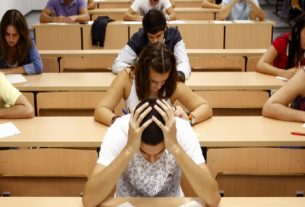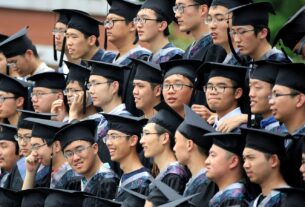The whole economic theory is broadly divided into two parts, microeconomics, and macroeconomics. These two terms were at first used by Ragner Frisch in 1933 and went on to become so popular that now they are used by most economists today. The terms ‘micro’ and ‘macro’ were derived from the Greek words ‘Mikros’ and ‘Makros’ meaning ‘small’ and ‘large’ respectively. While microeconomics deals with the analysis of an individual unit, macroeconomics deals with the economy as a whole. In microeconomics, we study how the price of goods or factors of production are determined and in macroeconomics, we study what are the causes of high or low levels of employment.
According to dissertation writing services, microeconomics studies the decisions of individuals and organizations to allocate resources of production, exchange, and consumption. Its main task is to deal with prices and production in single markets and handle the interaction between different markets. It is a sad fact that despite being affected by economic and financial issues daily, the common man does not understand the difference between the two and has only cursory knowledge about basic financial concepts. Even at academic levels, it is only students who study economics as a major who are aware of the complexities of this subject and what it involves.
While many economic topics can be confusing, there are some basic facts and terms that are important and must be clearly understood. This knowledge can help students learn more about the subject, manage their own finances money and help them, make smart purchasing decisions, explore investment options and understand the local and national economic model when they step into the professional market and start their careers as financial executives.
Microeconomics is the branch of economic analysis that studies the economic behavior of an individual economic unit may be a person, a particular household, a particular firm, and an industry. The main objective of microeconomics is to explain the principles, problems, and policies related to the optimum allocation of resources.
Read More: 5 Top Reasons Students Get Poor Grades in College Life
The Basic Concept Of Microeconomics:
Microeconomic concepts are involved with decisions made by firms and households. The specific concepts that need to be focused on are:
Supply And Demand:
Supply and demand are more than just two intersecting lines; they affect us in every aspect of our lives. From the groceries we buy to cook our daily meals to the gas that we put in our car, there are countless forces at work that shape the supply and demand of a particular good or service. The basic theory behind supply and demand states that there is a price point where consumers and producers both match up; in essence, every good or service has a unique point at which buyers and sellers agree to make an exchange. Supply and demand are affected by factors like speculation of future developments, advances in technology, and shortages and surpluses in the domestic and international markets.
Scarcity:
Scarcity is defined as “the basic economic problem that arises because people have unlimited wants but resources are limited.” These days times, money and natural resources are getting scarce; the scarcer a resource and the higher the demand for it; the more expensive it is going to be. When allocating resources for any project, it is necessary to see how to prioritize resources.
Opportunity Cost:
Nothing in life is for free and people must understand that when they get something, they have to give up something else. However, the key is that when they are giving something up, they should remember that it came with a cost. When choosing something, they need to make sure that what they are choosing is more valuable than what they are missing out on or giving up.
Read More: 5 Quick Meals for Students to Save Their Dissertation Time
Time Value Of Money:
This is very important for students who are studying economics and want to get into details or microeconomics. Effective management of money is very necessary and the theory behind the time value of money states that a dollar today is worth more than a dollar tomorrow. A dollar invested today will generate some sort of interest return that will give more than a dollar tomorrow and this money will guide in doing several things in the future.
Purchasing Power:
As inflation continues to grow, purchasing power goes down. Purchasing power is the amount that money can buy us. It is necessary to remember that wealth is relative to how much we can buy with it. If prices continue to increase and all else stays the same, purchasing power decreases. To put it simply, it is the study of individual trees and not the whole forest; it is all about looking at the economy through a microscope. Microeconomics tries to explain how an individual allocates his money income among various needs as well as how an individual maximizes satisfaction level from the consumption of available limited resources.



